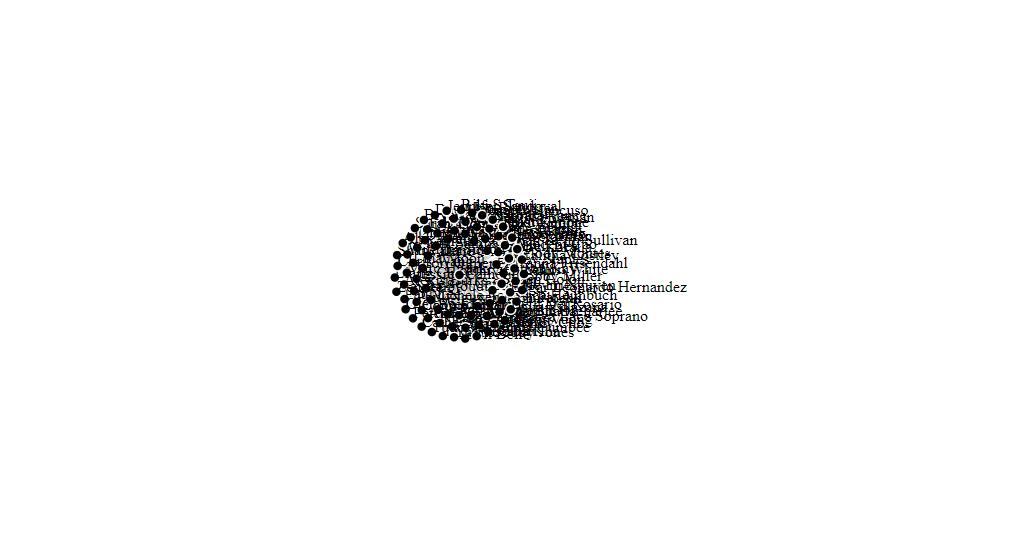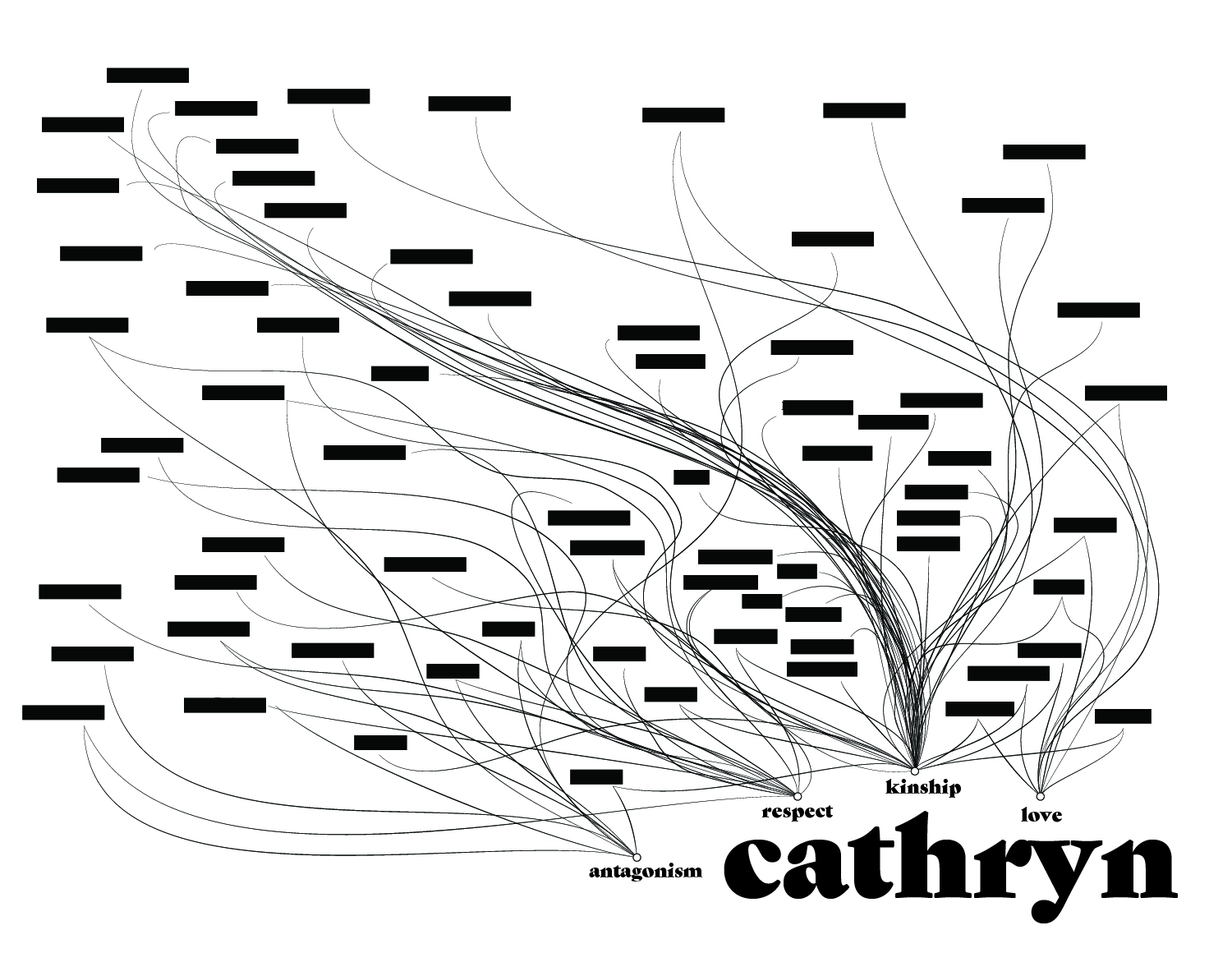I created a visualization of the fluid, implicit understanding of my relationships and experiences with my friends and family.
Relationships as a sacred, existential anchor
When I first moved to the D.C. area, away from friends and family, began to feel the gravity of my links with people. Before this point, I had an idea of how each person distinctly impacted my life and my sense of identity. However, spending several weekends alone, without the regular catch-up sessions with friends or family dinners, I began to feel the gravity of my links with people in the stark relief of their absence.
These connections vary from emotional to intellectual. For example, several years later, conversations over tea with several friends and mentors circulated around a trend, in our lives and in those around us: an over-abundance of screens and content, and under abundance of critical thought. After several of these conversations, my friends and I had several epiphanies together, realizing we should begin to emphasize quiet time, without artificial stimulation, to allow our minds to wander.
I realized these kinds of conversations and interactions gave me a connection, a sense of place. Despite a continual existential questioning with regard to my place in the universe, this society, etc., my relationship with people provides a continuous sense of place and community. These small interactions and moments add into a sense of time, place, identity, and purpose that comes through community for me; more so than any philosophy or religion has. Further, these relationships accumulate into a sense of identity; they are the most precious aspect my of life.
Capturing the ephemeral
How these folks have made their mark on me, how close or distant I feel to them, is an important form of knowledge. The history between people, their sense of closeness, what values their relationship is founded on, all provide significant context to our social lives. However, built on a series of ever-changing feelings and intuitions, instead of discrete “data,” this non-fungible, learned knowledge is ephemeral.
How can the most important knowledge within my life exist invisibly. What do the contours of this implicit understanding look like manifested visually? Can I create a record of such knowledge, both to take stock; to better understand those relationships and to communicate to others the a sense of who I am through identity as it manifests socially?
The data
First, I used Lost Circles, a chrome extension that scrapes Facebook for your friends and their connections in your network:
{
"id": "001",
"name": "Friend 1",
"userName": "jane.doe",
"profile": "https://www.facebook.com/jane.doe",
"dataUrl": "data:image/jpeg;base64,/randomDigits"
}
Using the resulting data, I created a visualization using d3’s force simulation as a starting point:
The design
At this point, I needed to decide what aspects of my relationships with people I wanted to encode. First, I arranged the people into groups based on the overarching guiding of our relationship: love (familial, romantic, platonic), kinship, respect, and antagonism. Categorical data is ideally encoded with color.
Second, I arranged people by “distance”, in terms of either how close I feel to a person or in terms of the amount of time that has passed since I’ve seen them. I would encode distance with the distance of each individual from me in two-dimensional space.
At this point, I had a straightforward data visualization of my consequential relationships:
- Names are redacted for their privacy.
However, the thoughts, experiences, lessons, and other meanings associated with each person underpinned their role in my life. It’s the small, daily interactions, the implicit understandings built up over years in interacting with different people that creates the magic of community and a shared sense of identity that coalesce into my individual identity. In this vein, I decided to replace names with a meta-analysis about each person.
I also thought it would be neat to incorporate the metaphor of growth and connection through an illustrated reimagining of the “family tree.” Each category would form a large branch of the “tree,” with every person associated with an individual twig.
I projected the original visualization onto a sheet of Bristol paper, using watercolor to colors to trace each branch. After coloring and inking the branches, I wrote words of phrases I heavily associate with each person near the twigs.
Future directions
Creating the visualization helped me reflect and capture the connections that help determine my roots and identity. Because of the ephemeral nature of the data I recorded, the connections change constantly. Creating this kind of visualization could become a yearly practice, both as a reflection of my relationships and as a way of recording that aspect of my life (like a diary).
Scraping data from Facebook, designing using Adobe illustrator, and illustrating all present barriers to entry for anyone wanting to create their own visualization. I could create a tool to collect information, generate printable visualizations, and track them over time with this project as inspiration.
The same concept of mapping interactions and relationships in this way could be applied at the organizational level. particularly within grassroots and small organizations. Often, while reading accounts of history, it’s hard to determine the nature of the relationships between organizations and the implicit understandings between two groups. Often these understandings are lost, or rely on sparse documents from individuals involved. Nothing can replace the sense of living within a time and place, but recording some of that information could serve as a vital piece of an organization’s history.





